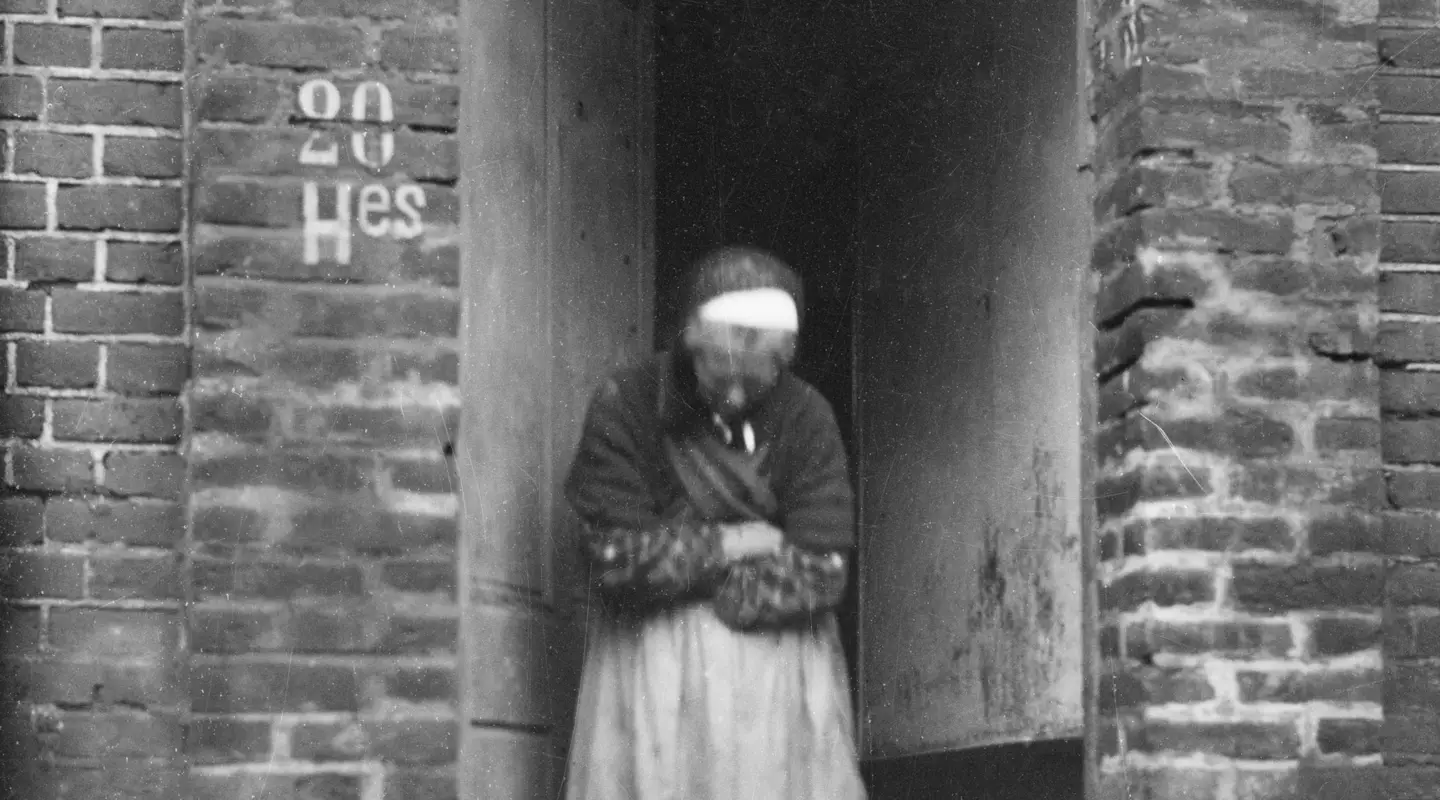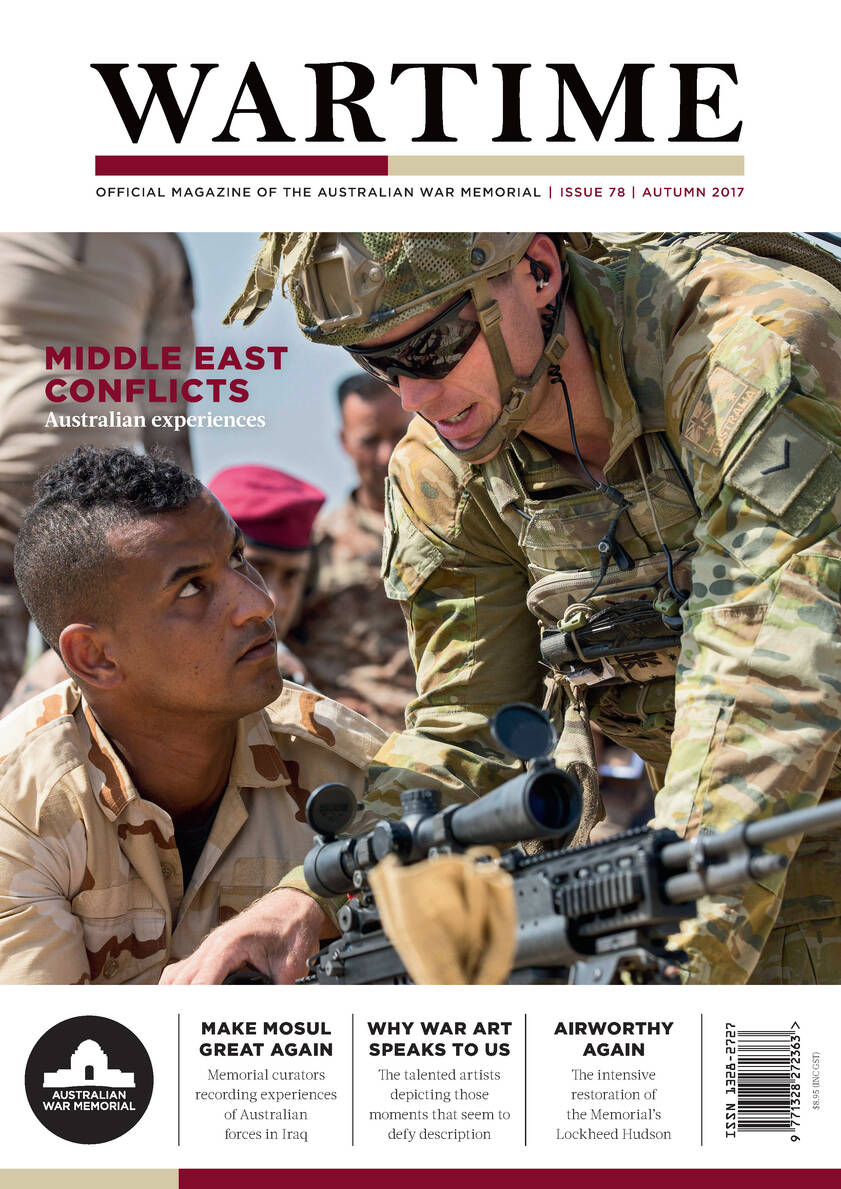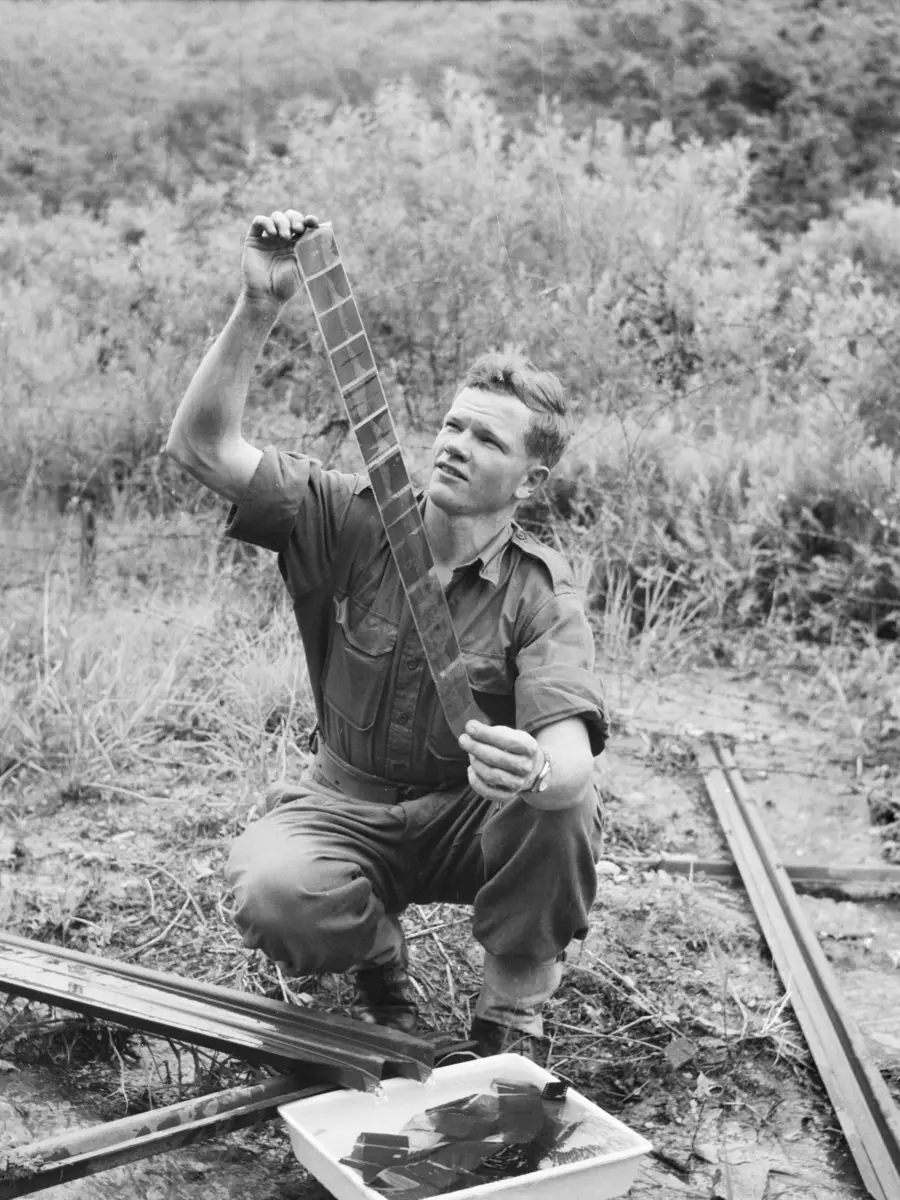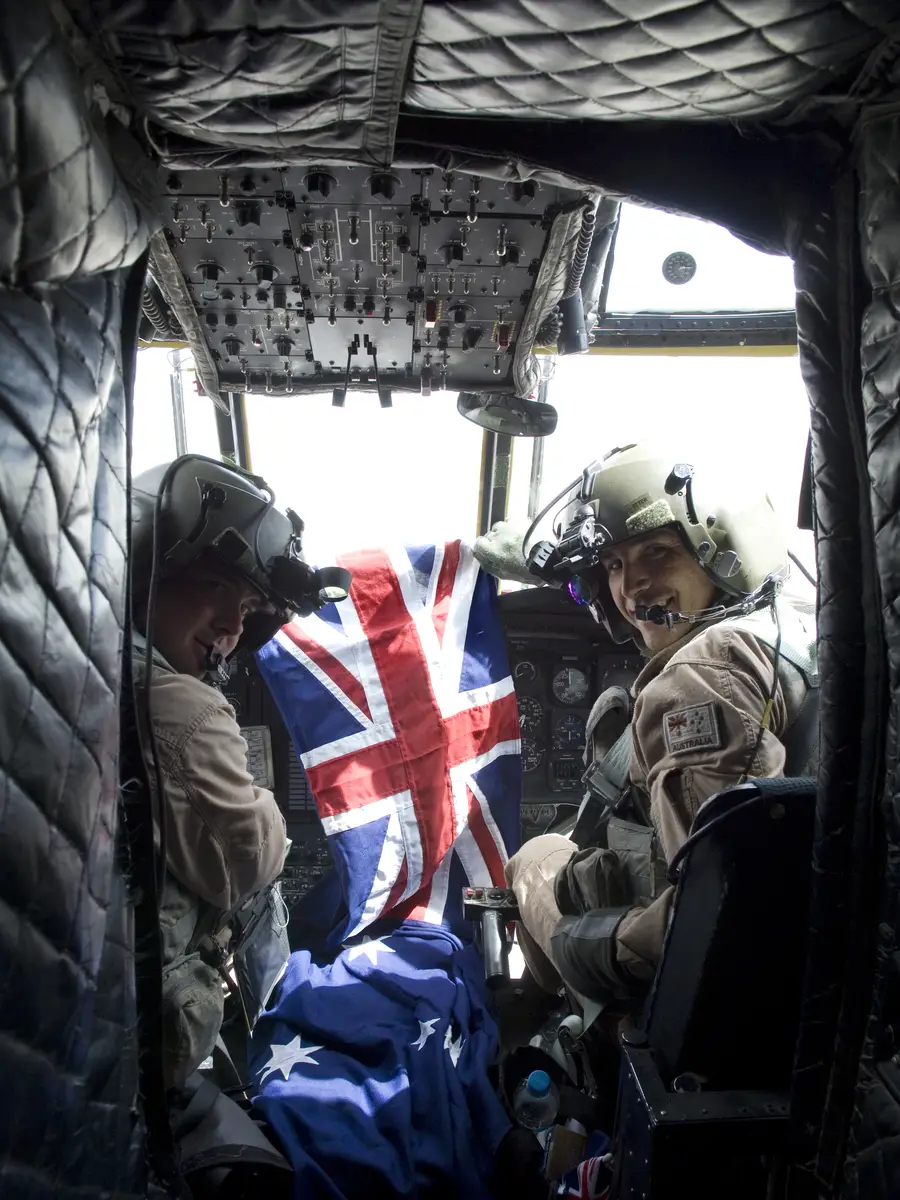After the battle, war correspondent Charles Bean found an elderly woman alone in the ruins.
Late in March 1918 the German army launched an offensive to capture the strategically important area around Amiens, in
northern France. The town of Villers Bretonneux is on the main road and rail line to Amiens, and during April it was reduced to ruins as the Germans fought with British and Australian forces to control the town (see Wartime 42).
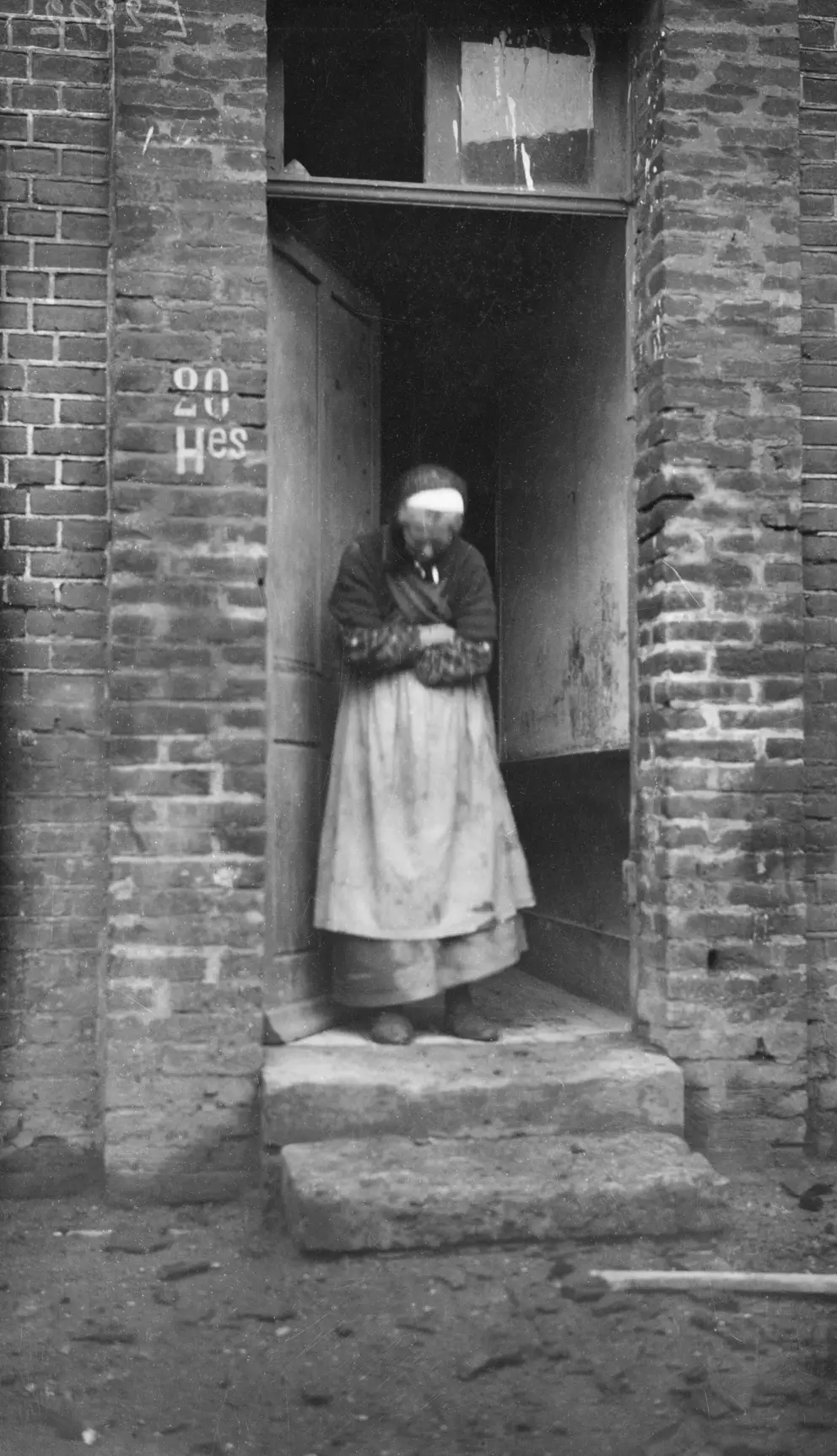
An old Frenchwoman at her house (20 Hes), before the battle of Amiens, in which she had remained alone and without candle or lamp during the day and night of 4 April 1918, while the German attack reduced the village to ruins. 5 April 1918. Villers-Bretonneux, France.
On 4 April the Australians successfully defended Villers-Bretonneux from its first attack. Australian official war correspondent Charles Bean was in the town the next day and he photographed its gutted houses and rubble-strewn streets. In his diary he recorded his amazement when he found that not all the townspeople had fled.
Horrified, Bean alerted senior Australian officers to her plight.
In his helplessness Bean did the only thing he could do, which was to make a record. With camera and notebook, he captured and preserved this glimpse of a lonely woman who had lost everything to the horror of war.
